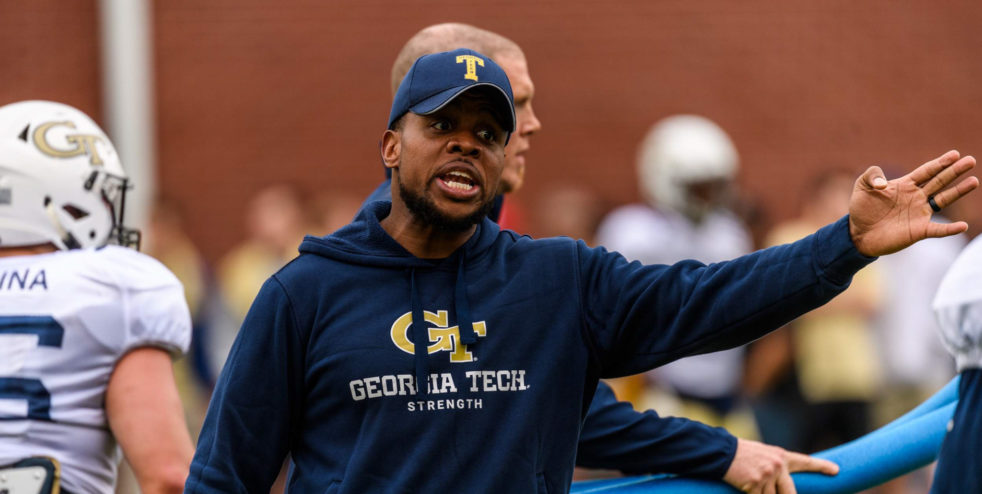The NCAA has always declared that student-athletes are students first and athletes second. This is one of the big reasons why student-athletes have been forced to sit out one year when transferring to other schools. If they want to transfer because of academic reasons they have no waiting time to start schools. But if switching schools for athletic reasons is the answer, they are punished and must wait a year to get on the field.
This past month, the ACC, following the Big Ten’s lead, voted unanimously to allow a one time transfer with immediate eligibility in all of the sports that currently don’t have it. For Tech, those sports include football, men’s basketball, women’s basketball and baseball. Coincidently this list coincides with the sports that bring in that biggest revenue out of all of the athletic programs at the Institute. This has brought up a lot of questions for the NCAA as to what their actual merits are. If student-athletes start to make moves like trades to make super teams or garner more playing time than they currently have, they become more like professional athletes and not students first, especially in the big revenue garnering sports. This is a message that the NCAA has fought tooth and nail with to preserve: that academics comes first, before athletics.
Steam has begun to pick up as objectively it feels like an unfair rule in the eyes of some. If players aren’t being paid and locked into contracts, they should at least have the ability to play for whichever school of their choosing. This also raises a red flag with college coaches being allowed to leave on a whim. Many fans are asking, why is it fair for coaches like football Coach Mel Tucker (Colorado to Michigan State), and even our Tech Football Head Coach Geoff Collins (Temple to Tech), to leave whenever they feel there is a better option available for them. This leaves the players in the dust with a new face and new coaching style and ultimately on a different playing field, which forces them to stay where they signed a letter of intent when they were only 17 or 18.
For the Jackets, transfers have played a large role in our athletic program growth and success. This dates back to current football running back coach Tashard Choice, who played two years at the University of Oklahoma before coming home to Atlanta and becoming a “Legend of the Flats.” Today, the men’s basketball team has University of Southern California transfer Jordan Usher, who had not meshed well with the Trojan coaching staff and has found a much better fit in Atlanta. They also added Bubba Parham, a VMI grad-transfer who dominated a mid-major conference and wanted to test his talents against a power conference like the ACC. This is a common reason for transferring for mid-major talents.
The Jackets football team is littered with signees for two main draws to the Institute. The first reason is the academic prestige of the campus, for athletes who are playing well but may or may not have decided to not make football a profession. That realization causes them to want to upgrade the schools’ academics. This includes the additions of Ryan Johnson and Devin Cochran to beef up the Tech offensive line. Both of these players are all-SEC caliber players who have interests in the more technology-centered majors that Tech has to offer.
The second reason is former four-star or five-star players from major schools sometimes don’t garner a lot of playing time and get lost in the shuffle, thus wanting to move to other Power Five schools to reap playing time and become the star they hoped to be. These players for Tech include former Notre Dame safety Derrik Allen and former Florida defensive tackle Antonneous Clayton.
These reasons feel very merited in switching schools and it is a positive sign that the conferences are banding together to encourage the NCAA into moving in a more accommodating direction with regard to transfers. This also proves to be a nice advantage for the Jackets as the Institute is a great landing spot for transfers both academically and with its presence in a great football basketball and volleyball conference, among other sports and all in the bustling city of Atlanta.
